1 million seed samples are now stored in the Svalbard Global Seed Vault
Historical archive
Published under: Solberg's Government
Publisher: Ministry of Agriculture and Food
News story | Date: 26/02/2018
Today, just over 76,000 new seed samples were carried into Svalbard Global Seed Vault for long-term storage. This means that the seed vault now holds more than 1 million seed samples from gene banks worldwide. Norway's Miinister for Agriculture and Food, Jon Georg Dale, hosted today's anniversary celebration as representatives from 23 international gene banks carried their seed samples into the vault.
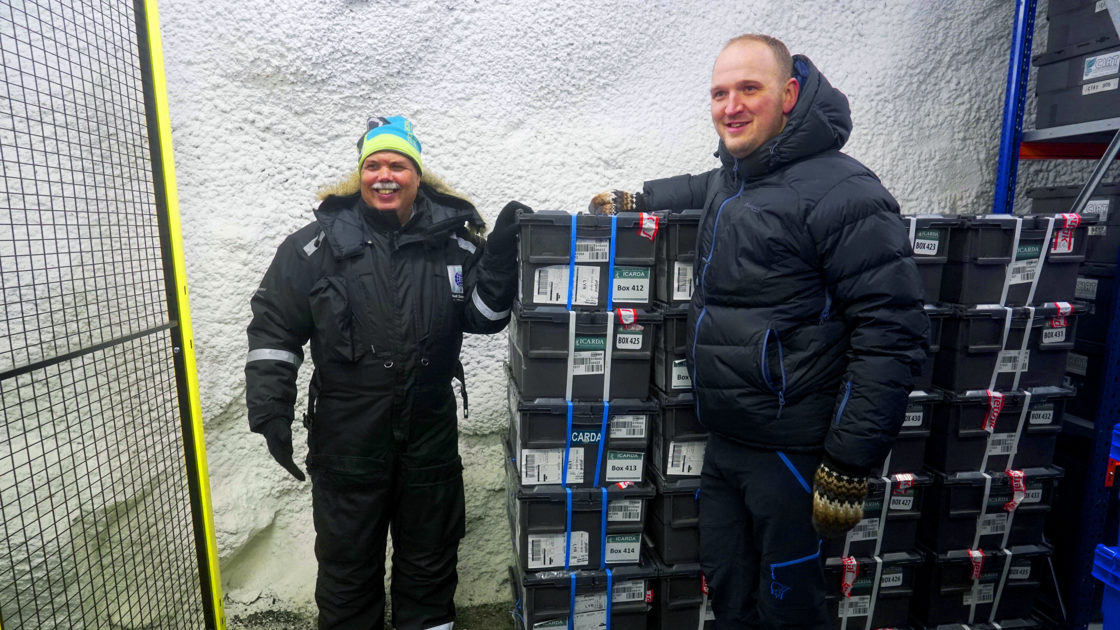
Depositors and partners from all over the world are now gathered in Longyearbyen to celebrate the tenth anniversary of the Svalbard Global Seed Vault and attend the "Seed Vault Summit". The seed vault in Svalbard opened on February 26, 2008, when former Prime Minister Jens Stoltenberg and Peace Prize Winner Dr. Wangari Maathai carried the first seed crates into the vault.
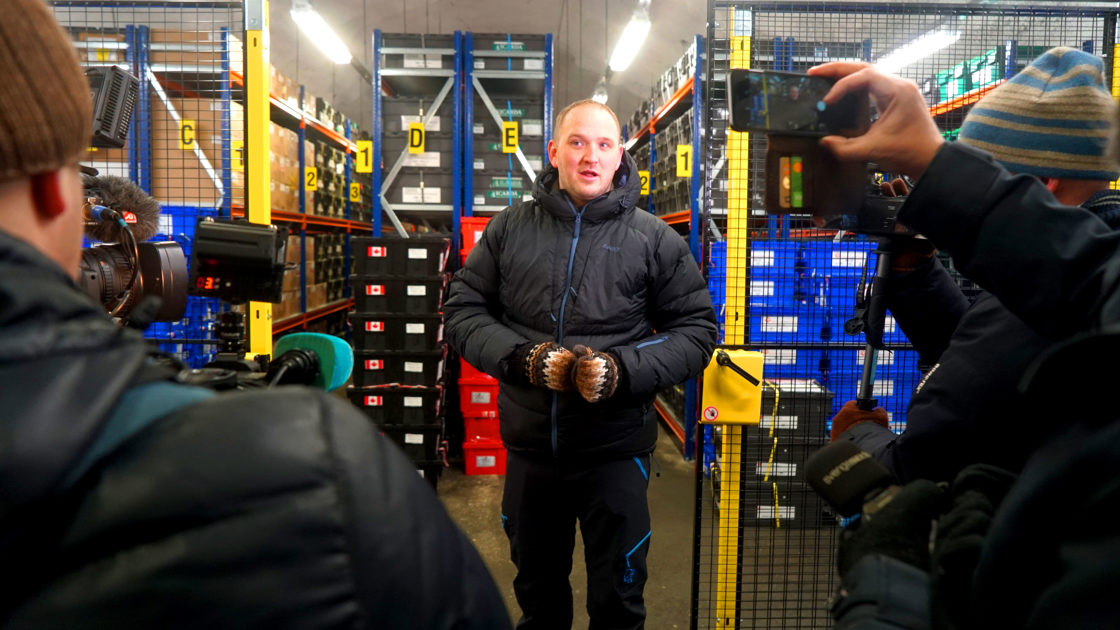
Safe storage for the world's food plants
The purpose of the seed vault is to provide safe storage for duplicates of seeds stored in national, regional and international gene banks worldwide. The goal is to maintain the genetic variation within the world's food plants, ensuring that agricultural and industrial crops are not eradicated in local or global disasters such as war, terrorism and natural disasters.
"It is simply impressive that 1 million seed samples from all over the world have now found their way to the Svalbard Global Seed Vault. It confirms the important role of the seed vault as a worldwide insurance for food supply for future generations and an ever-growing population," Minister of Agriculture and Food Jon Georg Dale said.
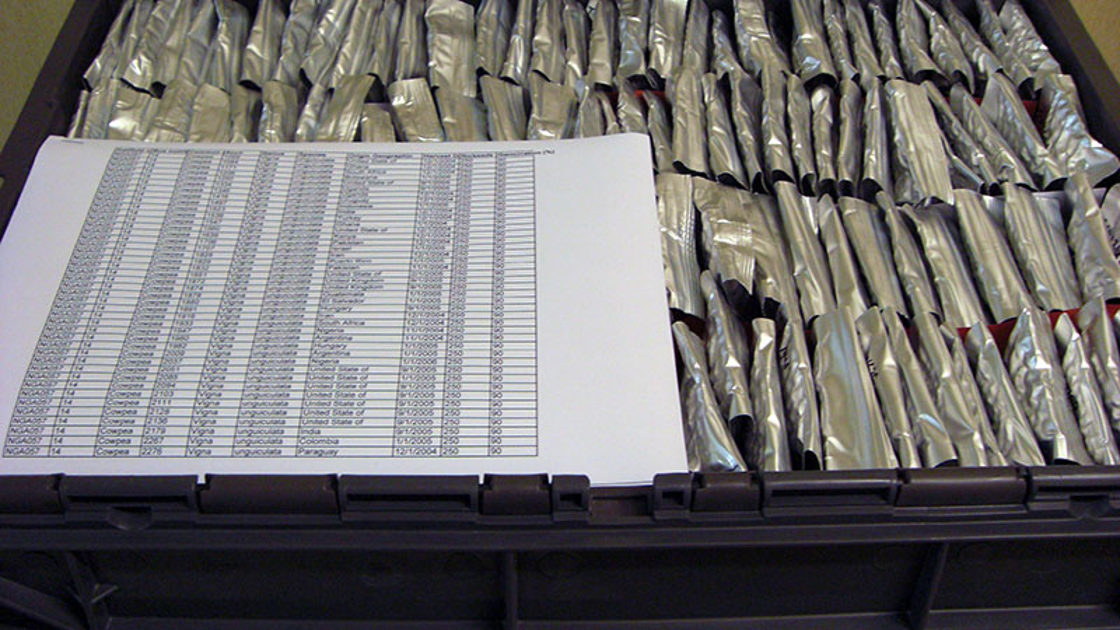
The full capacity of the Svalbard Global Seed Vault is 4, 5 million different seed types, and it can therefore house duplicates of all the unique seed types found today in the many gene banks around the world, as well as new seed types that will be gathered in the future.
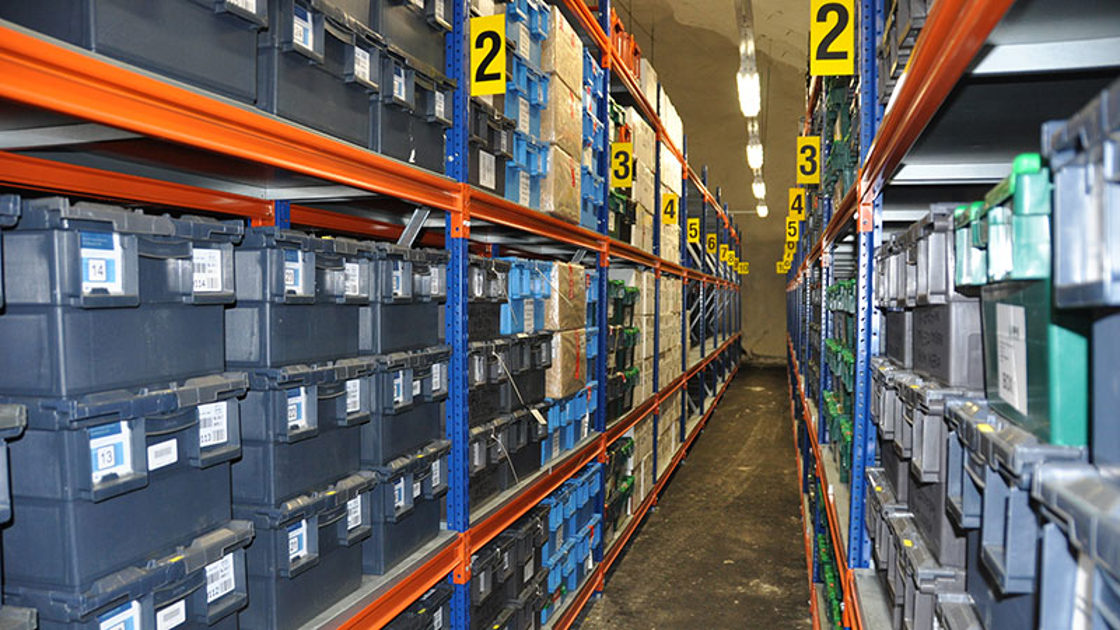
- See more pictures and videos on Flickr
- Svalbard Global Seed Vault 10 year - 2008–2018 (engelsk)
- The Seed Portal of the Svalbard Global Seed Vault
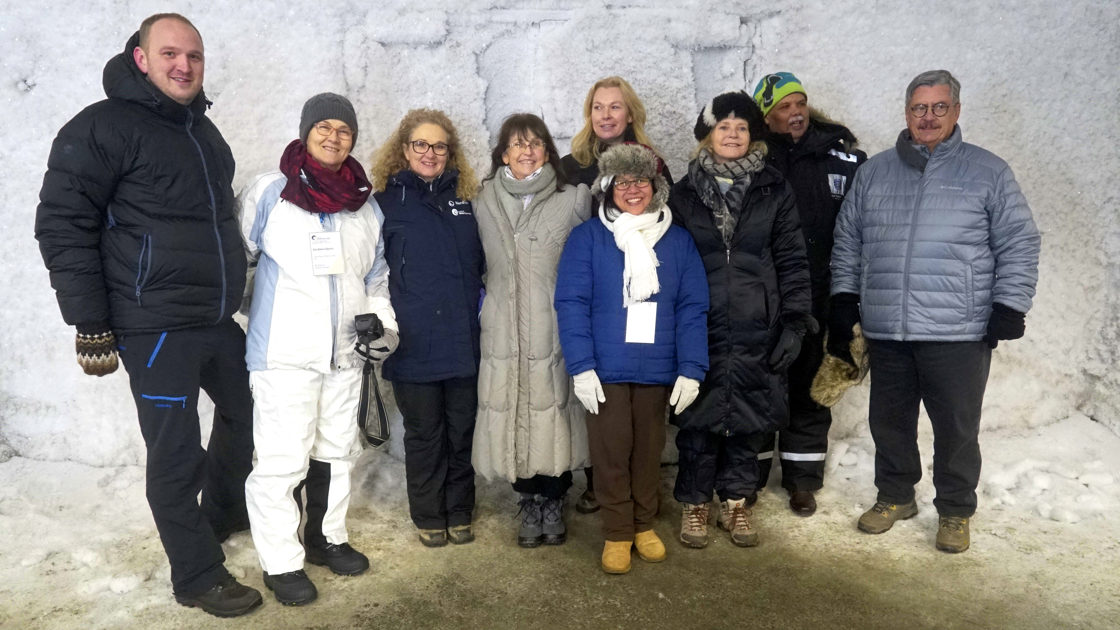
The parties that finance and operate Svalbard Global Seed Vault are the Ministry of Agriculture and Food, the Global Crop Diversity Trust and the Nordic Genetic Resource Center (NordGen).
Agriculture and Food Minister Jon Georg Dale is on Svalbard from Sunday 25.02.- Tuesday 27.02.
Press contact for Dale: Heidi E. Riise, +47 975 17 227.